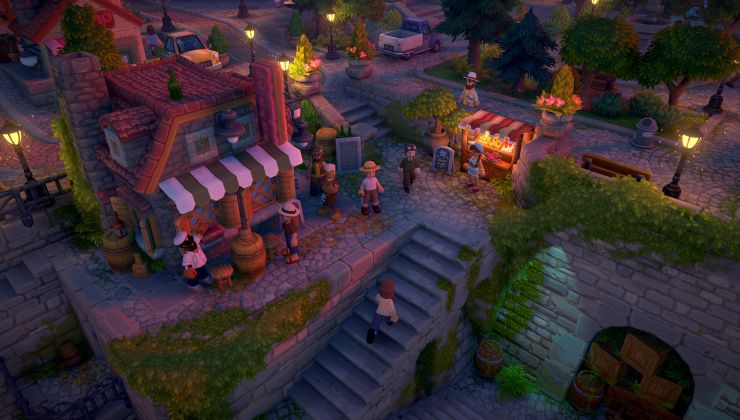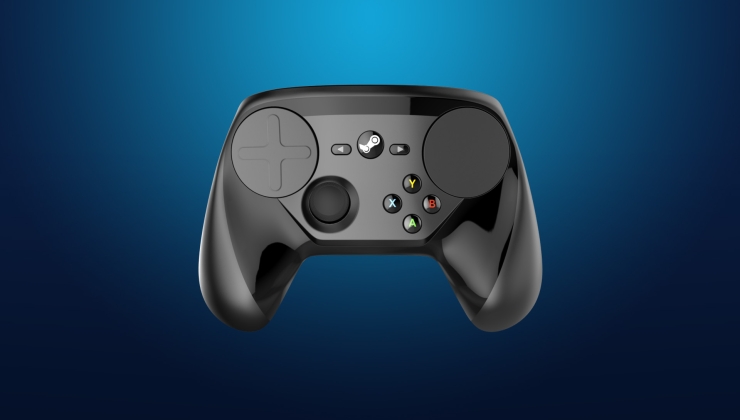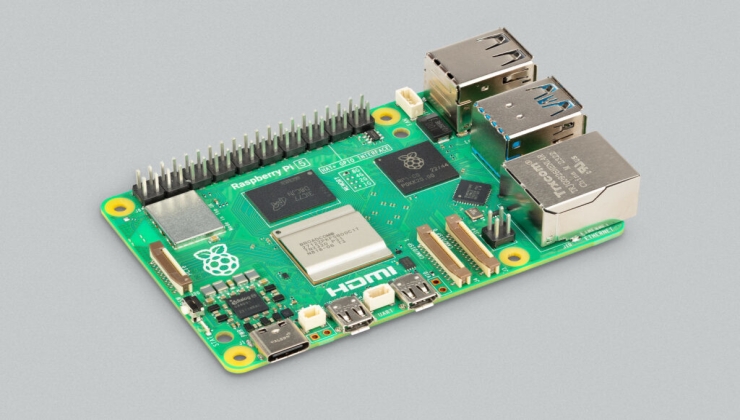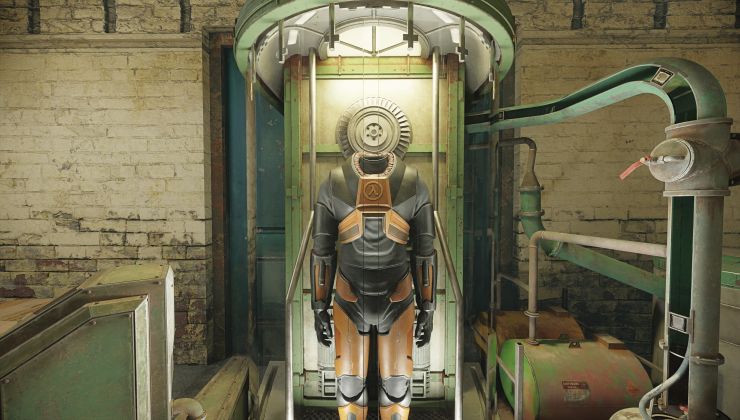Return to Part 1: Dumpster Diving
Continued from Part 3: Installing Red Hat Linux 9
I had some grief installing Red Hat Linux 7.3 which I think was due to my CD-ROM drive not handling the disc switching well. With persistence I was able to get it installed, and despite identifying the graphics card as just being a generic Rage 128 in Anaconda it booted with DRI enabled just fine. Once again I had to set the “AGPMode” option in XFree86 to get it to use AGP 2x speed, but other than that it worked out of the box
Upon launching Quake III Arena I was surprised to see that the graphical errors with shadows and marks were no longer apparent. The same held true for Soldier of Fortune, although it did now have issues when Detail Texturing was used. The Linux demo for Shogo: Mobile Armor Division also ran even with Light Mapping enabled. It seems that a few regression bugs must have been introduced into the r128 driver after this point.
The Loki Update Tool appreciated having an older version of glibc to work with. It functioned flawlessly with the mirror still hosted at lokigames.com apart from the key server being down, forcing to me to have to cancel the GPG key checks. In a similar vein I was able to use a mirror of the old Fedora Legacy project to install yum and upgrade Red Hat Linux 7.3 to the last released system updates, including a boost to XFree86 4.2.1 for the latest packaged r128 drivers.
Not everything was better on Valhalla. Quake III Arena suffered from a frame stutter, and Descent 3 would display artifacts with multitexturing enabled. The Linux demo of SiN was also back to its usual recalcitrant self, with it refusing to recognize my libGL.so file no matter what I tried. Memory usage was down compared to Red Hat Linux 9, but it was still too high for my liking. It was time to invite over an old friend.
Even on my main Arch Linux machine I keep the Blackbox window manager around due to its low system requirements and compatibility. Once installed using a third party RPM package I found that Quake III Arena no longer stuttered from Blackbox, and the system felt lighter as a whole. From there I tried a few more games, with Unreal Tournament no longer freezing on Red Hat Linux 7.3 and the old Unreal Gold installer for Linux working without a hitch.
One wrinkle is that games regardless of their own video settings seem to only accept the colour depth set by the XFree86 server. Many OpenGL renderers shows Z Buffer artifacts when ran with 16 bit colours, a problem I also encountered with the Direct3D renderer when playing Deus Ex on Windows 98. Thankfully the Rage 128 Pro does have decent support for 32 bit colour depth, but the “Depth” option in XFree86 must be set to "24" to use it.
In all I was successfully able to install the Loki Software demos for Kohan: Immortal Sovereigns, Rune, Sid Meir's Alien Crossfire, Sim City 3000 Unlimited, Railroad Tycoon II, Myth II: Soulblighter, Mindrover: The Europa Project, Heroes of Might and Magic III, Heretic II, Heavy Gear II, Eric's Ultimate Solitaire, Descent 3, and Civilization: Call to Power. Both Quake: The Offering as well as Quake II: Colossus from Macmillan Digital Publishing could also be ran in either software or glx rendering.
I can also debunk a claim made by author Christopher Negus in his Red Hat Linux Bible series wherein he warns that Return to Castle Wolfenstein would only run on Nvidia cards. Not only was I able to install the Linux demo but the game was actually just about playable on my Rage 128 Pro. I can certainly remember playing the demo at around this level of performance back in the day and nervously peering around each and every corner as a child.
Overall 3D performance did seem to lag behind Windows 98, further compounding the experience of using an already slower graphics card. The image quality also seemed worse on Red Hat Linux 7.3, with a noticeable grain I had not recalled seeing when using Red Hat Linux 9. In terms of compatibility though Valhalla proved to be far superior, so I decided to stick with it and focus on improving other parts of the system instead.
I took a gamble on two matched Azenram sticks of 256 MB PC133 selling for under $15 CAD on eBay; Azenram being the old FutureShop budget brand in another win for Canadiana. I also swapped the CD-ROM drive for a later LG GSA 4167B DVD drive manufactured in November 2005, as the original Creative CD5233E was proving too rough on the discs with its manual eject. With those upgrades in order, it was time to play some games.
Carrying on in Part 5: Quaking in My Boots
Return to Part 1: Dumpster Diving







See more from me